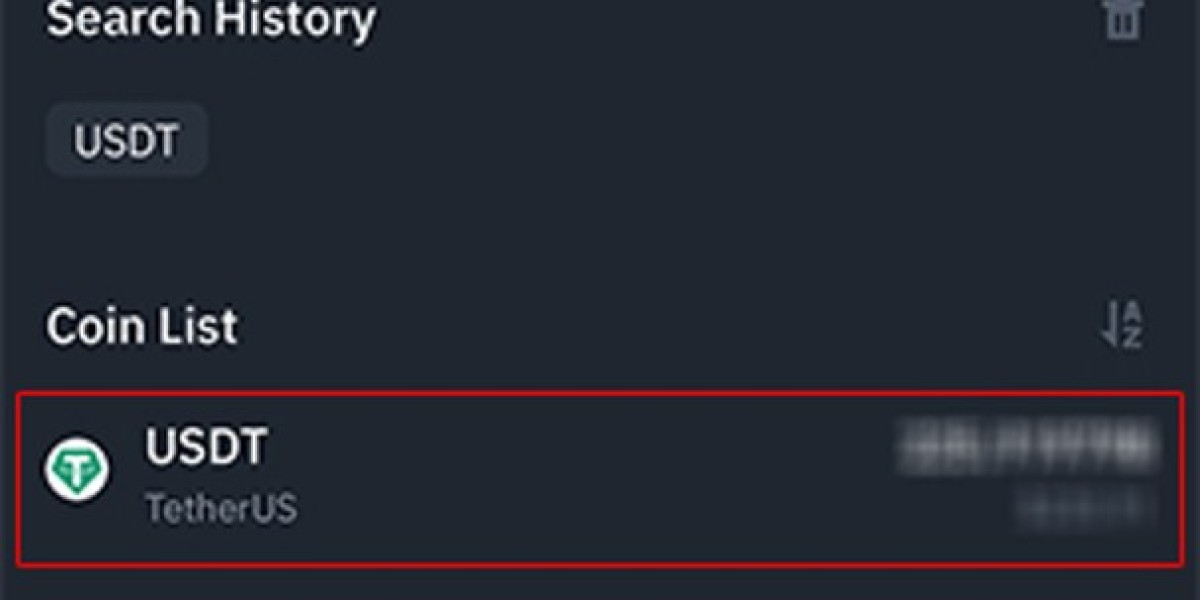Every workplace must be a safe haven where everyone, regardless of age, health condition, or background, feels protected and valued. However, many employees face unique risks—whether due to age, disability, pregnancy, mental health, or other factors. Employers have clear legal duties to safeguard these vulnerable team members and failing to do so can have severe consequences.
Let’s break down exactly what the law expects, what practical steps you should take, and how a solid health and safety foundation, such as understanding the NEBOSH Course Fee and its value, ties into fulfilling your duty of care.
Understanding Vulnerable Staff in the Workplace
In simple terms, vulnerable staff are employees who, because of personal circumstances, may be more at risk of harm. This includes:
Pregnant workers or new parents
Young workers (under 18)
Older employees
Staff with disabilities or chronic illnesses
Those with mental health conditions
Workers with language barriers or low literacy
It’s not enough to treat everyone the same; in fact, the law requires reasonable adjustments to protect those who need extra support.
Why Legal Compliance Matters
Ignoring your responsibilities can lead to hefty fines, reputational damage, and heartbreaking incidents. Workplace regulators in many countries, including bodies like OSHA or HSE, hold employers accountable for failing to prevent foreseeable harm.
Investing in the right training—like enrolling your team in a respected health and safety course and knowing the true NEBOSH Course Fee—can be a game-changer. It equips managers with the know-how to spot hazards early and make the workplace inclusive and safe for everyone.
Legal Foundations You Must Know
Different countries have slightly different rules, but the core principles are similar worldwide:
1. The Duty of Care
All employers have a general duty to provide a safe working environment. This includes:
Conducting risk assessments specifically considering vulnerable staff
Putting in place reasonable adjustments (e.g., flexible hours, ergonomic equipment)
Keeping up with health checks where relevant
2. Equality and Anti-Discrimination Laws
You must not discriminate against anyone due to disability, age, pregnancy, or other protected characteristics. Laws such as the Equality Act in the UK or the Americans with Disabilities Act in the US set clear standards for how to treat vulnerable groups fairly.
3. Specific Health and Safety Rules
Some vulnerable groups require extra protection under specific laws—for example:
Young workers often have limits on working hours and types of work
Pregnant workers have a right to risk assessments and may need modified duties
Disabled employees may be entitled to reasonable workplace adaptations
Step-by-Step Guide to Stay Legally Compliant
Knowing the law is one thing—applying it effectively is another. Here’s a practical roadmap to ensure you’re on the right side of compliance.
Step 1: Identify Vulnerable Staff Early
Ask yourself:
Who might be at greater risk?
Are there any new circumstances, like pregnancy or illness?
Do staff feel safe disclosing their needs?
Create a culture of trust so employees are comfortable sharing personal health concerns.
Step 2: Carry Out Tailored Risk Assessments
Generic assessments don’t cut it. For example, a standard risk check for lifting boxes may not account for a pregnant employee’s needs.
Review each job role through the lens of the vulnerable worker.
Update assessments as circumstances change.
Consult the employee—they often know what adjustments would help most.
Step 3: Implement Reasonable Adjustments
These don’t have to be expensive. Sometimes, a simple shift in hours, providing a chair, or arranging extra breaks makes all the difference. Document every step to show you’ve acted responsibly.
Step 4: Train Managers and Supervisors
One misinformed supervisor can undo all your careful planning. Regular safety training and clear policies are essential. It’s here that understanding what a NEBOSH Course Fee covers comes in handy—quality training builds confidence to handle sensitive issues correctly.
Step 5: Review and Communicate
Risks change over time. Regularly revisit your policies, especially when laws update or staff circumstances change. Keep an open dialogue with employees to check adjustments are still working.
A Real-Life Anecdote
Consider Anna, a warehouse worker who developed a back problem after an injury at home. She worried that telling her manager would make her look unreliable. But her company’s open policy encouraged her to speak up. A simple solution—adjusting her tasks to avoid heavy lifting—kept her safe and productive, avoided long-term absence, and protected the company from a potential claim.
The Bigger Picture: Investing in Prevention
While complying with legal obligations is non-negotiable, many employers overlook the financial sense in proactive measures. Incidents involving vulnerable staff can be costly, and legal battles can drain resources fast.
This is why businesses often weigh the NEBOSH Course Fee not as an expense but as a safeguard against bigger losses. Well-trained teams spot hazards early, prevent accidents, and know how to respond when something goes wrong.
Supporting Mental Health: An Overlooked Legal Duty
Mental health is now widely recognized as just as important as physical safety. The law in many regions expects employers to manage work-related stress and provide support. This can include:
Stress risk assessments
Access to counselling or Employee Assistance Programs (EAPs)
Flexible work arrangements during difficult times
A supportive atmosphere reduces absenteeism and builds loyalty—crucial for keeping your best people.
Common Pitfalls to Avoid
Even well-meaning employers can trip up. Watch out for these mistakes:
Assuming one-size-fits-all adjustments
Failing to update risk assessments when situations change
Ignoring stress and mental health hazards
Keeping poor records of what steps were taken
Remember: thorough documentation can be your best defence in case of inspection or dispute.
How to Foster a Proactive Safety Culture
Beyond ticking legal boxes, great employers go further:
Encourage open conversations about health and wellbeing.
Celebrate safety improvements and share success stories.
Involve staff in decision-making—those on the ground often spot hazards first.
Provide refresher training and keep safety knowledge current.
Empower Your Team with the Right Knowledge
By now, you can see that legal compliance isn’t just a paperwork exercise—it’s about truly protecting people. When staff feel safe and supported, morale soars, turnover drops, and productivity grows.
So, whether you’re a small business owner or a large HR department, it’s wise to invest in robust training programs. If you’ve ever wondered about the NEBOSH Course Fee, think of it as a down payment on a safer, happier, and legally sound workplace.
? Interested in NEBOSH in Pakistan? ? Click Here to Explore Course Options!
Conclusion
Supporting vulnerable staff is not just about following the rules—it’s about doing what’s right. With the right knowledge and commitment, you can turn legal obligations into daily best practice, making your workplace safer, more inclusive, and more productive for everyone.







